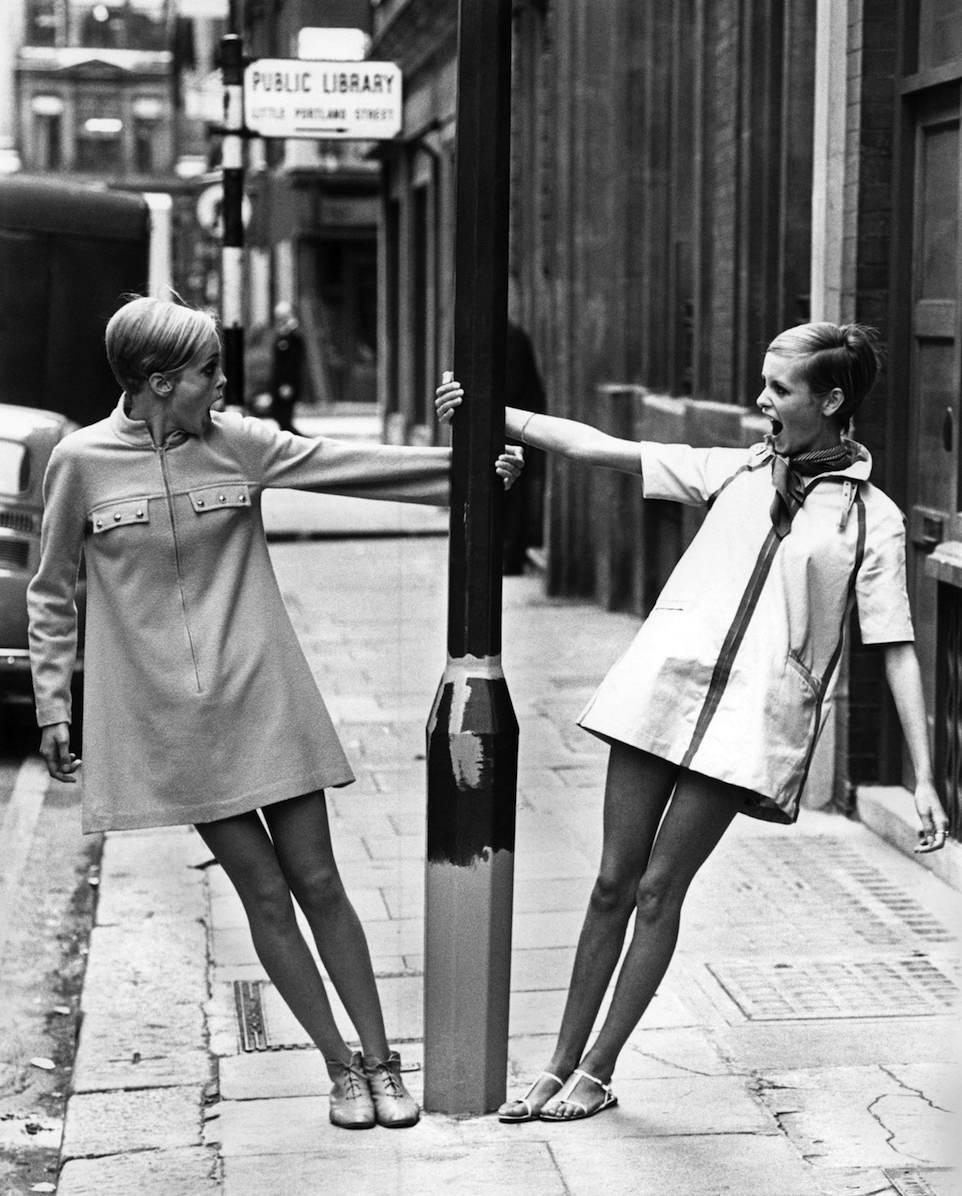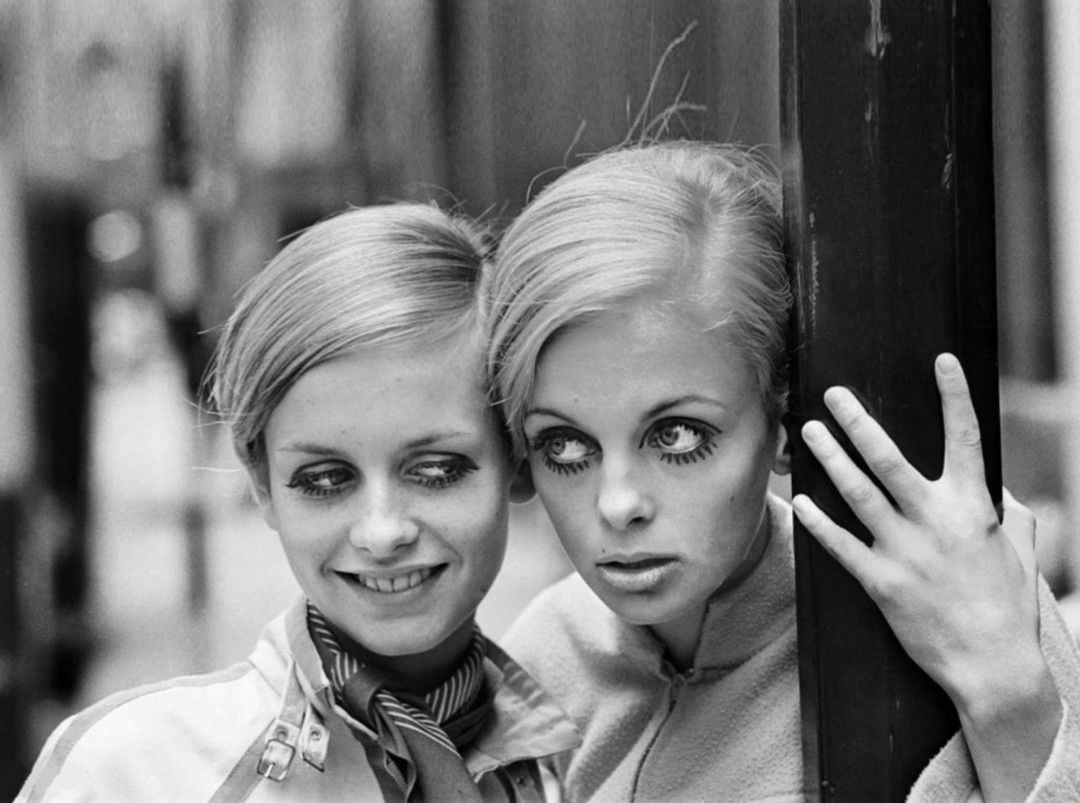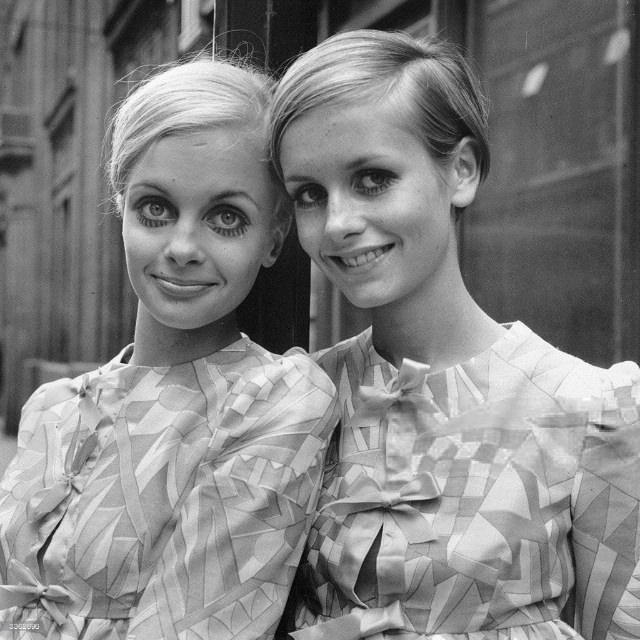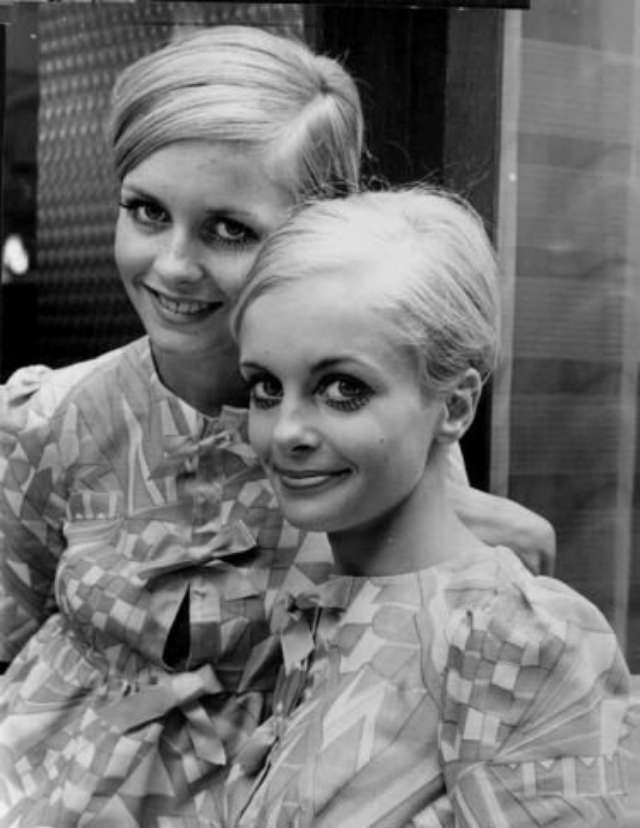In 1967, a unique event captured the public’s imagination: a Twiggy lookalike competition. Twiggy, the world’s first supermodel, had by then become an emblematic figure of the 1960s fashion scene. Discovered a year earlier at just sixteen in a hairdresser’s, her distinctive, waif-like appearance had come to define the era’s aesthetics. The competition, held in Stockholm, Sweden, saw an astounding turnout of 800 hopefuls, all vying for the chance to be acknowledged as Twiggy’s doppelgänger.
Kerstin Lindberg: The Winning Resemblance
The winner of this remarkable contest was Kerstin Lindberg, a 16-year-old who bore a striking resemblance to Twiggy. Her victory earned her a trip to London, a city at the heart of the swinging sixties, where she had the opportunity to meet Twiggy in person. This meeting was not just a high point for Lindberg but also a testament to Twiggy’s extraordinary influence on the fashion world and popular culture.
The encounter between Twiggy and Lindberg was immortalized in a photograph taken by Eatwell for the Daily Herald newspaper. These beautiful images, dated June 3, 1967, shows the duo swinging around a lamppost in London, exuding the joy and carefree spirit of the era.




Twiggy’s journey from “Sticks” to “Twigs” and finally “Twiggy,” mirroring her physical transformation, is a narrative of her personal and professional evolution. Her thin figure, combined with her pop art-infused fashion sense, doe-eyed look, pouty lips, and boyish crop, not only made her stand out in the fashion industry but also helped define the age of “flower power.” She wasn’t just a model; she was a trendsetter, shaping the fashion and cultural landscape of the 1960s.


